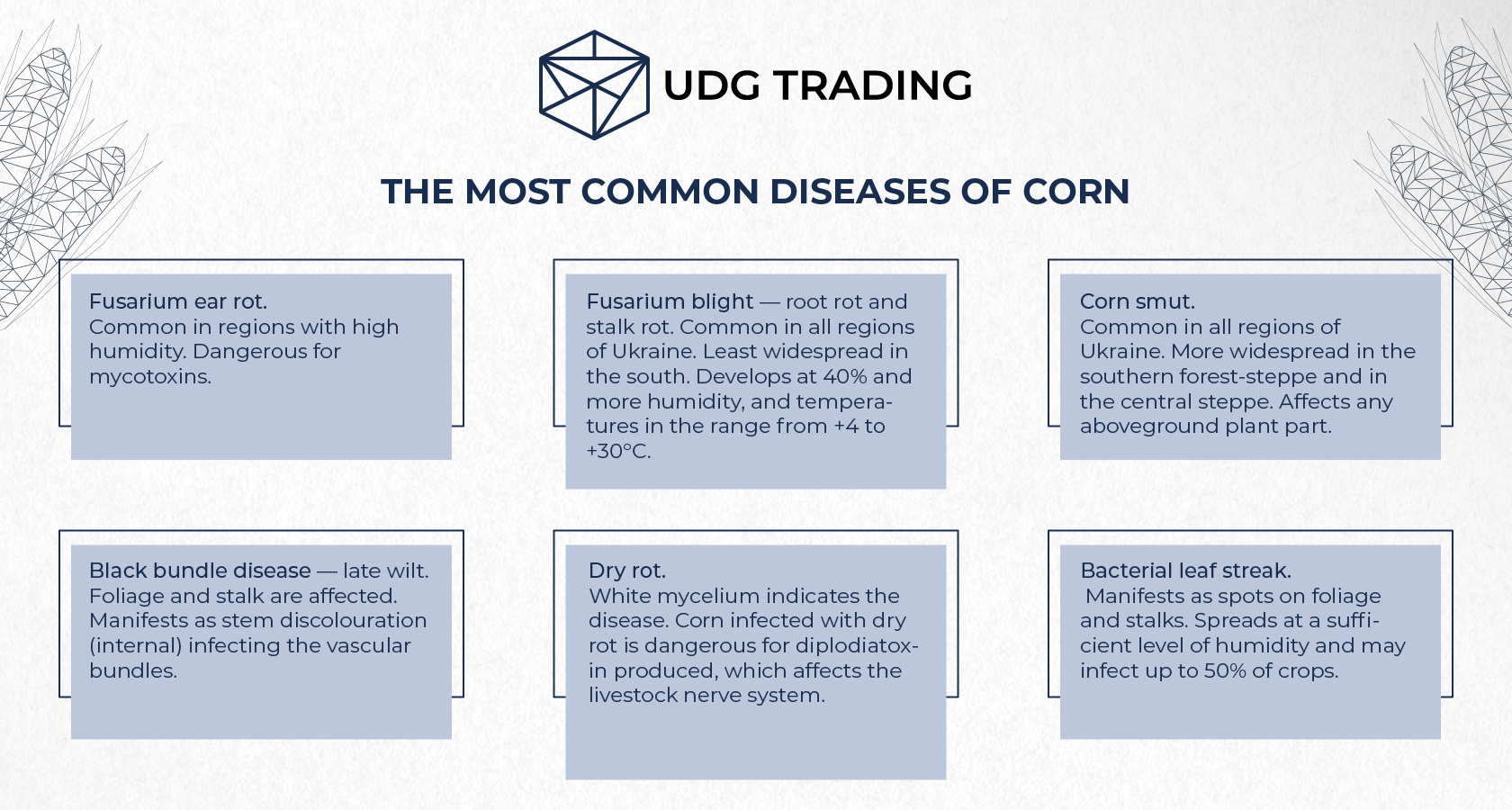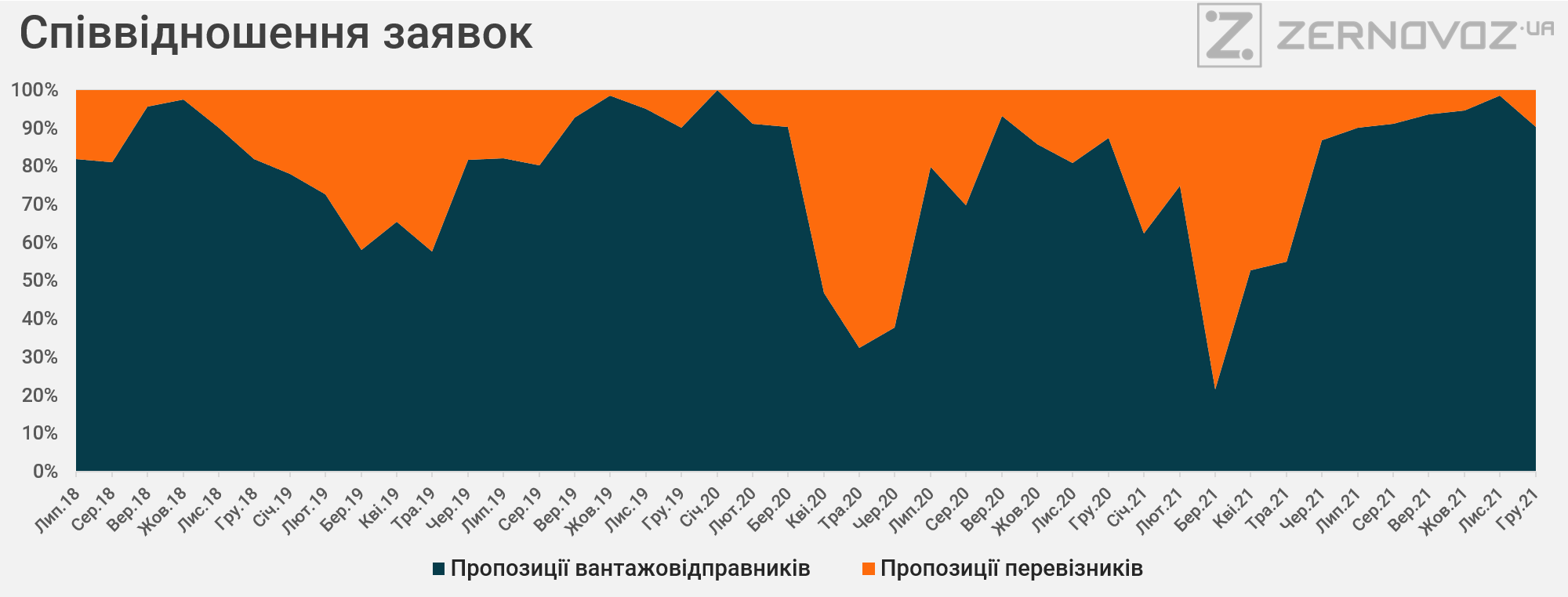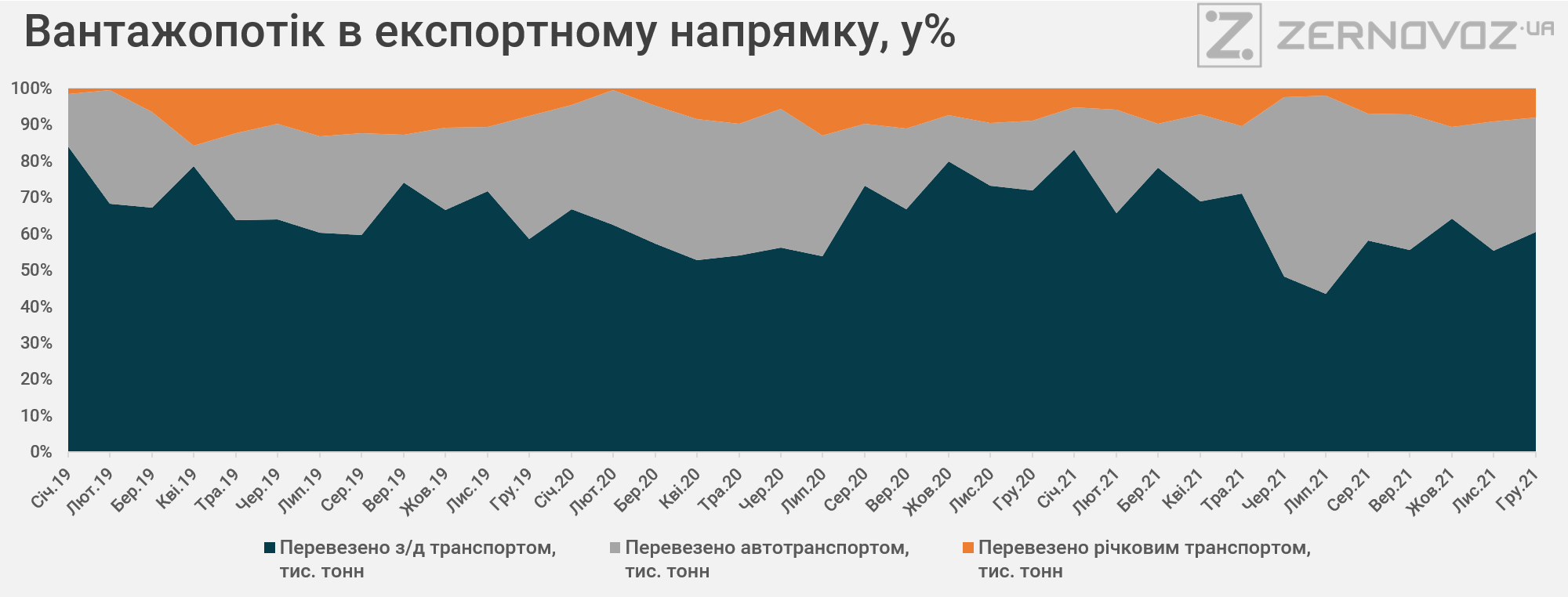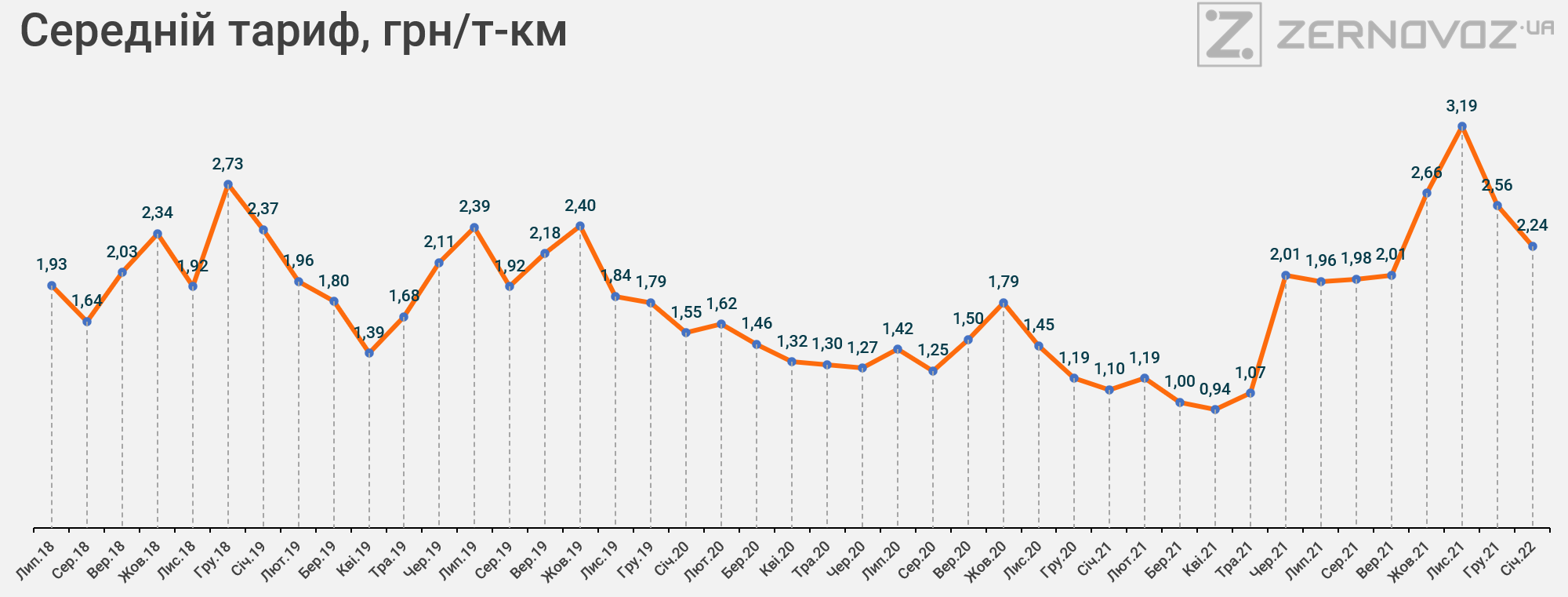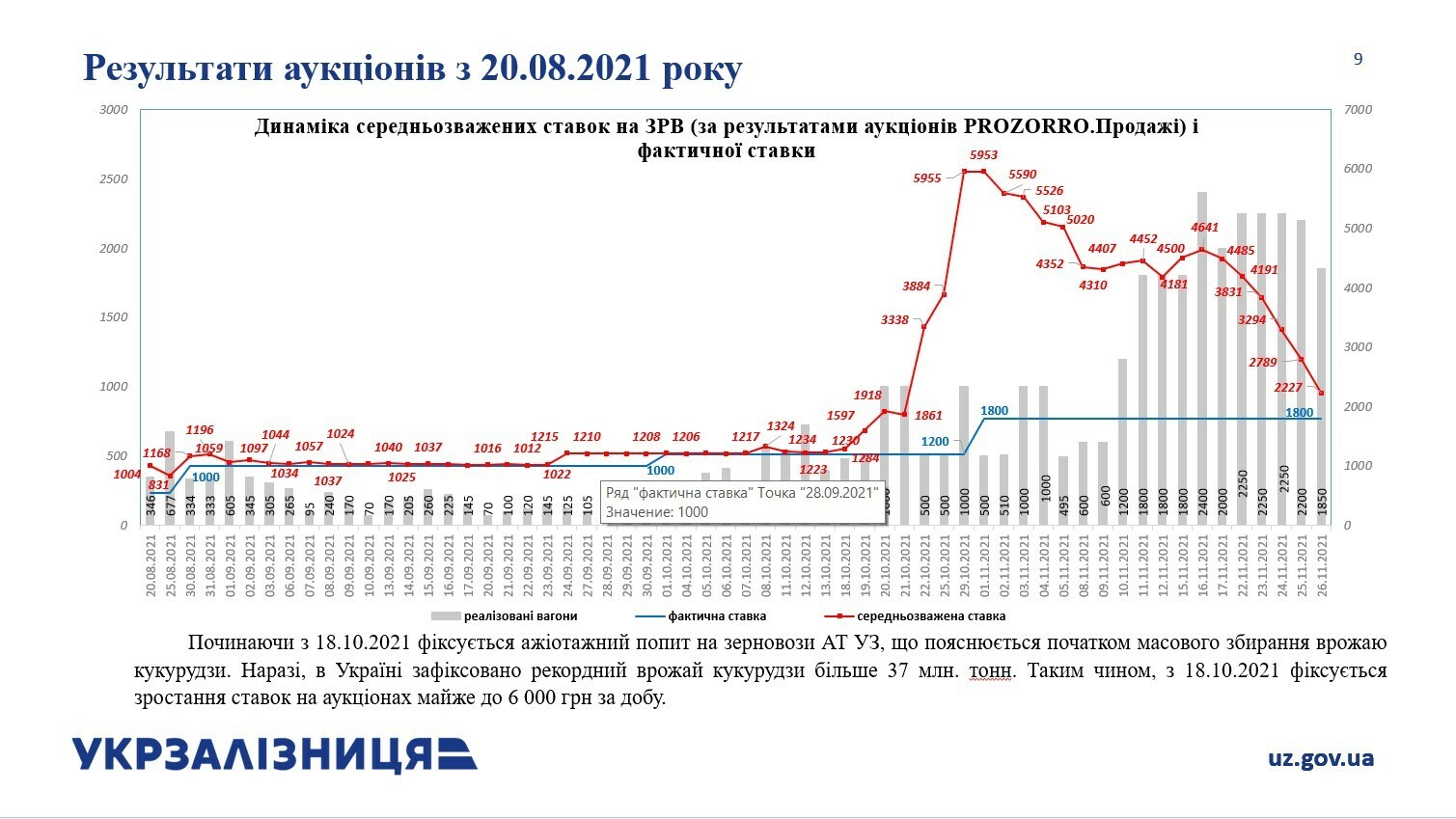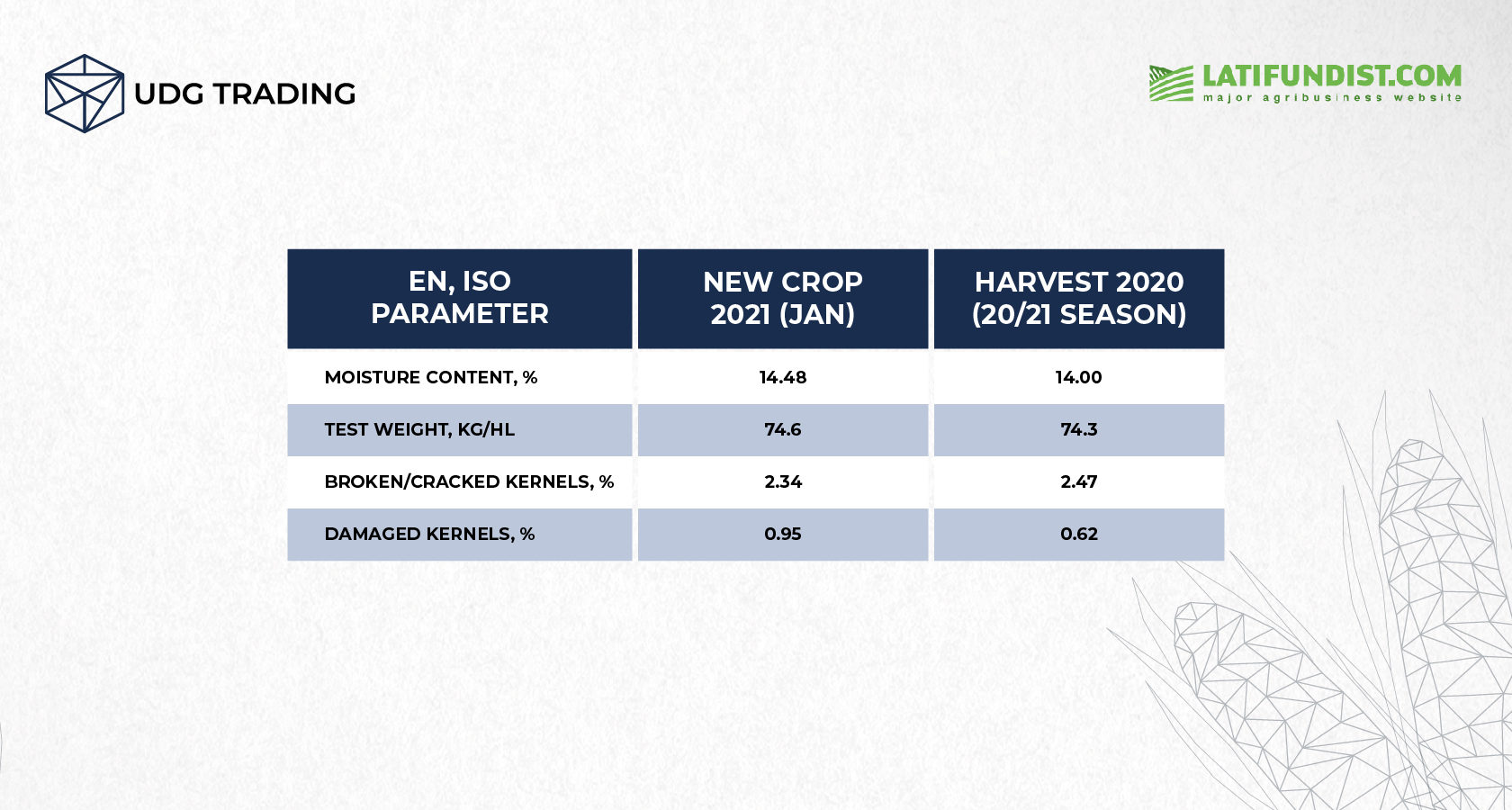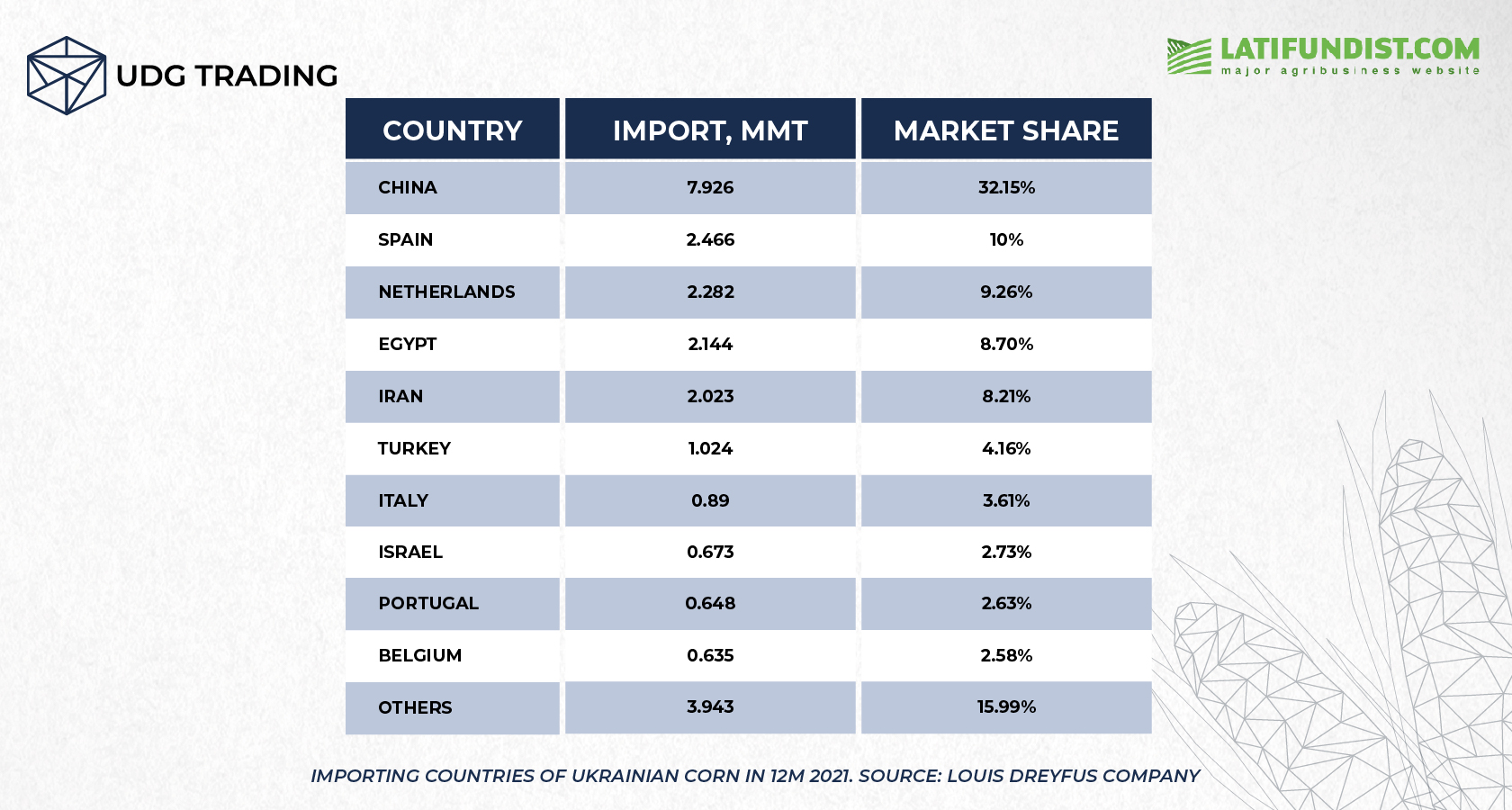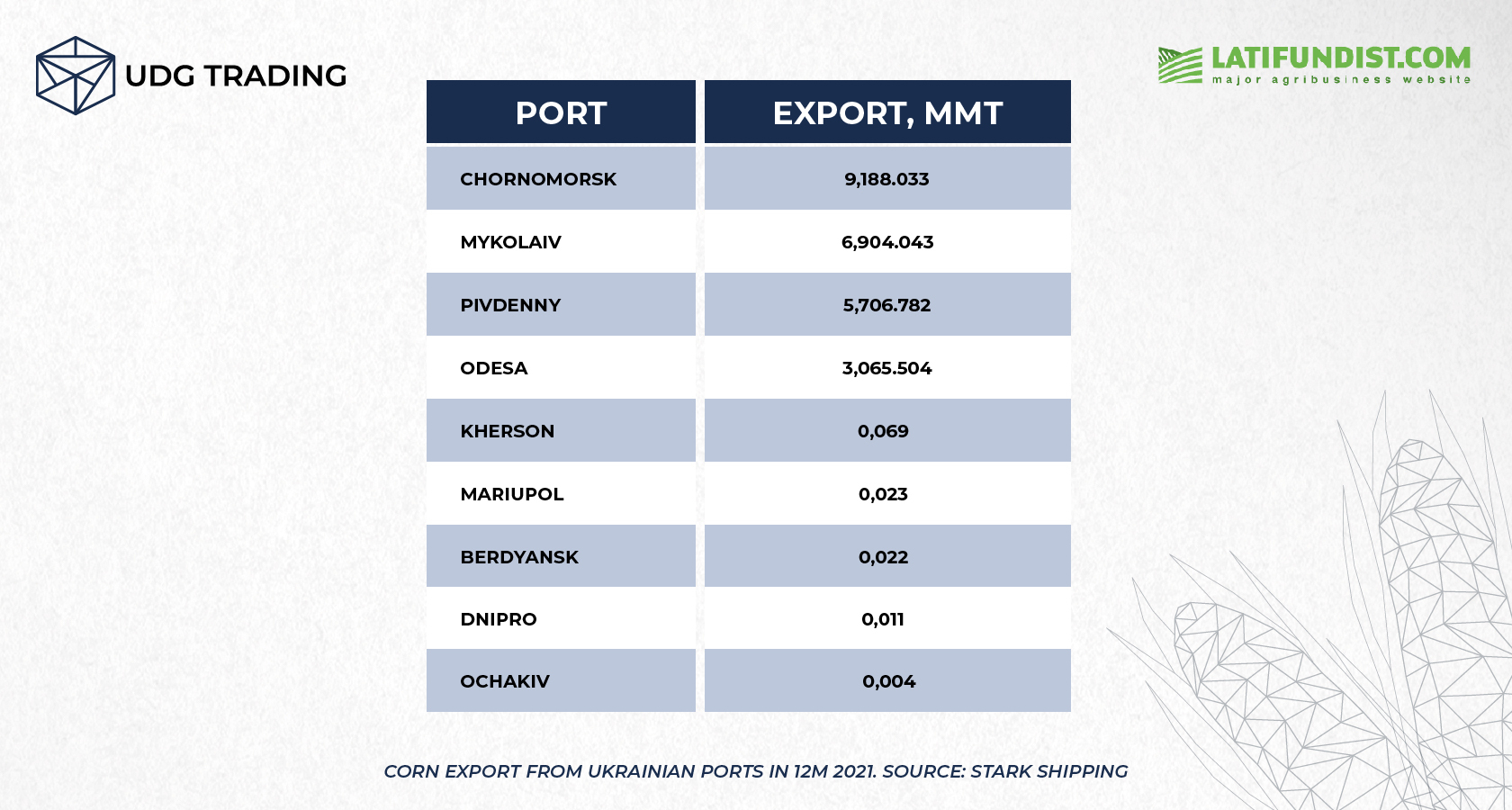Two technological indicators are taken into account when harvesting corn: the moisture content of the grain and its vulnerability to mechanical trauma. Therefore, the best way of harvesting cash corn is combine threshing of the cobs, which starts at 30-32% moisture content of the grain. This method halves the work effort and reduces fuel expenses by 20-25%. Our colleagues from
SuperAgronom.com explained this in the article
"Harvesting corn: mistakes in threshing or how not to lose the crop" (
in Ukrainian).
Seed corn is only harvested in cobs at 40% moisture content and dried immediately.
Zernotorg.ua and
Zernovoz.ua commodity markets analyst Oleksandr Tyschenko told us that in retrospect of the last 4-5 seasons, the harvesting campaign of corn usually takes off in early autumn.




